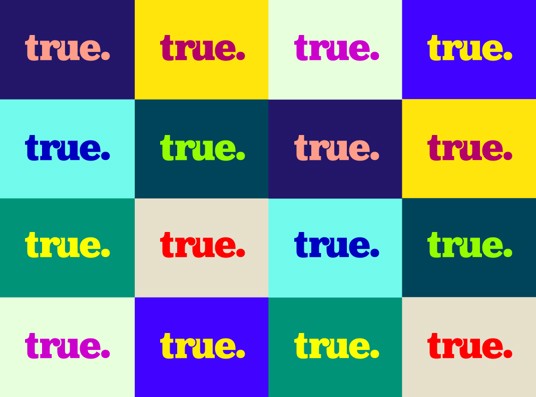The time lag of innovation
In the rapidly evolving digital landscape, innovation is a key driver for growth and disruption.
Being first to market with an idea, then iterating and improving while it’s ‘live’ and generating sales and collecting data is now an accepted strategy.
There is an inherent risk with being first to market though: arriving too early; being so disruptive that consumers aren’t yet ready for the change you present. There are many examples of technologies deemed to be failures whose core concepts have succeeded, years down the line.
The ‘Diffusion of Innovation’ theory details the time and conditions required for a new innovation to succeed, and why in some instances, some innovations fail to ever take hold.
I was reminded of it when reading reports of the Sony Playstation VR system experiencing slower than expected sales, prompting Sony to consider the future of the product’s sales strategy.
Virtual Reality is a technology which has been touted as ‘the future’ since the early 80’s, and still struggling to gain widespread adoption.
Yet we do have current examples of technical innovation gaining faster acceptance. So what are the conditions that make one innovative product succeed while another fails? Let’s take a look.
The Augmented Reality battle - Google Glass vs Snap Spectacles
Augmented Reality (AR) has been around for years. Heads Up Displays (HUD) on fighter jets in Top Gun anyone? Arguably Tom Cruise’s finest work was released in 1986 and featured a type of augmented reality. The concept as a whole had relatively little fanfare compared to Virtual Reality, but is now more widely understood and accepted. Why?
Two popular applications brought AR to widespread attention and got the public interacting with the technology; Pokemon Go and SnapChat Lens. Both applications are free to download, so cost of entry for users was not a factor if they owned a smartphone. More importantly though, the technology was easy to use, and fun.
Google Glass and Snap(chat) Spectacles are easy to use and fun too.
Google Glass was introduced to the world in April 2013, retailing at $1,500 a pair. The feature set was impressive and extensive and the benefit simple: capture events and retrieve information without needing to use your smartphone.
The only problem was, there was no problem. Google Glass aimed to change behaviour no one was motivated to change. Most people have no problem using their smartphone to accomplish tasks. On top of that, the hardware was expensive and the features difficult to access and use.
Snapchat Spectacles, on the other hand, were launched in September 2016 for $130, only available in certain locations around the world from Snapbots, bright yellow pop vending machines owned by Snap. Spectacles only had two core features; allow users to take videos up to 10 seconds long and seamlessly upload the videos to the Snapchat app to be edited. That’s it. A user just has to press a button on the side of the Spectacle to begin recording.
Why was one product considered a failure while the other was critically lauded? Well, times and users had changed and a clear use case had been established.
Pokemon Go was a global phenomenon and Snapchat Lenses had been on the market for a year. People are used to videos and pictures being uploaded to the public domain with animals or funny faces overlaid on them. Spectacles were just a natural extension to that. They effectively put the Snapchat app on your face, ready to go.
Spectacles also made it very clear that you were being filmed (via an LED light on the frame), so the privacy concerns that plagued the Google Glass were tackled head on.
Good looks, both in physical design and in the marketing of the product, also help. The ‘authentically cool’ factor cannot be under-estimated for any new technology (but that’s a subject for another blog post).
So what does innovation time-lag mean for us?
The time-lag between a innovative new product or concept being introduced and it taking off with consumers should never be a barrier to developing and introducing new ideas.
The challenge for True’s experience creators is understanding;
- Is there a clear, real world need for the innovation? Is it something users will value?
- Is the product or concept easy to use?
- Is the product or concept fun?
Three yeses, and your new product stands a fighting chance in the turbulent seas of digital disruption.
---
If you’d like to find out more about what digital innovation could mean for your business, we’d love to talk. Get in touch.


